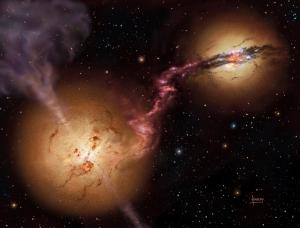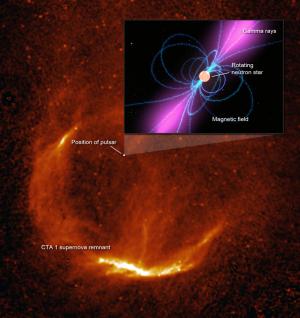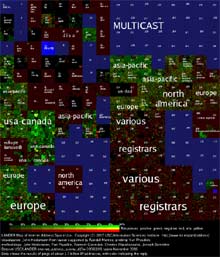While an international seed bank in a Norwegian island has been gathering news about its agricultural collection, a group of U.S. scientists has just published an article outlining a different kind of seed bank, one that proposes the gathering of wild species - - at intervals in the future - - effectively capturing evolution in action.

© UCSBScientist Susan Mazer in a UCSB greenhouse.
In the October issue of
Bioscience, Steven J. Franks of Fordham University, Susan J. Mazer of the University of California, Santa Barbara, and a group of colleagues, have proposed a method of collecting and storing seeds of natural plant populations. They argue for the collection of many species in a way that evolutionary responses to future changes in climate can be detected. They call it the "Resurrection Initiative."
"In contrast to existing seed banks, which exist primarily for conservation, this collection would be for research that would allow a greater understanding of evolution," said Franks.
"This seed collection would form an important resource that can be used for many types of research, just as GenBank - - the collection of genetic sequences and information - - forms a key resource for research in genetics and genomics," said Franks.
"Typically, seed banks are focused on the preservation of agricultural species or other plant species of strong economic interest, say, forest species, forest trees," said Mazer. This is to make sure that scientists can maintain a genetically diverse seed pool in the event of some kind of ecological calamity that requires the replenishing of seeds from a certain part of the world or from certain species. "But that implies a relatively static view of a seed bank, a snapshot forever of what a species provides."



